Art Evolution 6: Tony DiTerlizzi
Art Evolution continues, this week’s image coming from a member of the later days of TSR. The character is yet another in a shared project representing a single figure created in many famed RPG artists most recognizable style. The project began here.
So I now had five, the newest of which was an ‘L5R Lyssa’. Half my list down and seemingly half to go, assuming I could flesh out my article with other greats I’d fantasized about since I wore parachute pants.
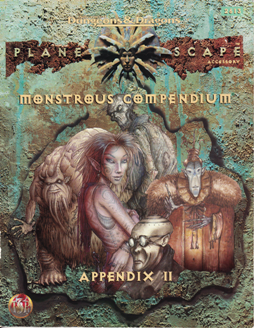 Sitting back, I took stock of all my memories on gaming, tried to picture the art that moved me the most, and I came onto some really profound names like, Larry Elmore, Jeff Easley, Tony DiTerlizzi, Wayne Reynolds, Todd Lockwood and Erol Otus just to name a few. Yeah, this was getting very real very fast.
Sitting back, I took stock of all my memories on gaming, tried to picture the art that moved me the most, and I came onto some really profound names like, Larry Elmore, Jeff Easley, Tony DiTerlizzi, Wayne Reynolds, Todd Lockwood and Erol Otus just to name a few. Yeah, this was getting very real very fast.
These people were more than RP artists — they were industries unto themselves. Wayne Reynolds doesn’t take personal commissions, Jeff Easley’s email isn’t exactly public knowledge, and Tony had transformed from TSR ‘pit’ artist to award winning and New York Times best-selling children’s author and illustrator.
What these artists brought to anything they were involved in was profound legitimacy, something I had very little of at this point. Still, I needed something binding, something tangible to offer up to these artists. I was a writer with no credits to my name, but I could still list myself as a ‘freelance’. That was a truth, and it is always better to provide honesty than fiction, especially when dealing with an established and intelligent clientele.
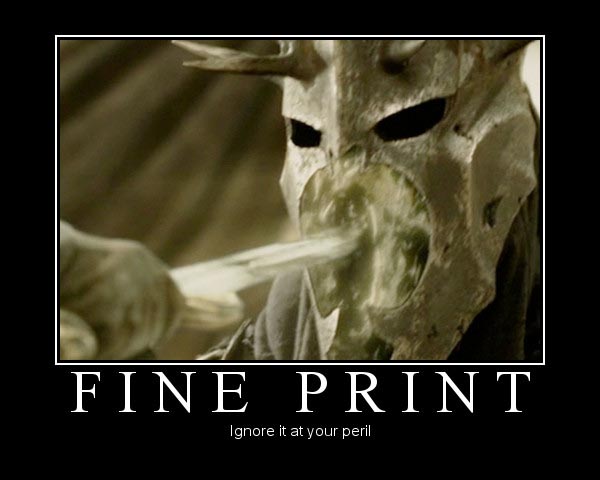 The false motivational poster to the left has nothing to do with the rest of my post today, except that it came as a reward to myself after a week of tough self-disciplined writing, aided by the simple power of time awareness. As I finished my enormous work on late Sunday evening, I celebrated my triumph with a small but exquisite waste of time, creating one of the many “demotivational posters” that travel around the ‘net as humor or an approximation of humor. Better than LOLCats, at least. This is my deep inner Tolkien Geek, who has always wondered what the Lord of the Nazgûl thought as he died under Éowyn’s blade on the Pelennor Fields. My guess: “Damn fine print!”
The false motivational poster to the left has nothing to do with the rest of my post today, except that it came as a reward to myself after a week of tough self-disciplined writing, aided by the simple power of time awareness. As I finished my enormous work on late Sunday evening, I celebrated my triumph with a small but exquisite waste of time, creating one of the many “demotivational posters” that travel around the ‘net as humor or an approximation of humor. Better than LOLCats, at least. This is my deep inner Tolkien Geek, who has always wondered what the Lord of the Nazgûl thought as he died under Éowyn’s blade on the Pelennor Fields. My guess: “Damn fine print!”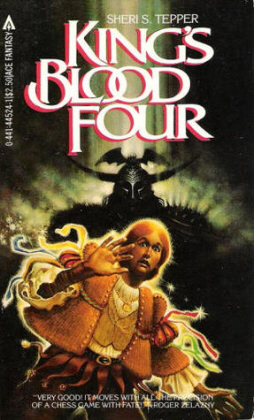
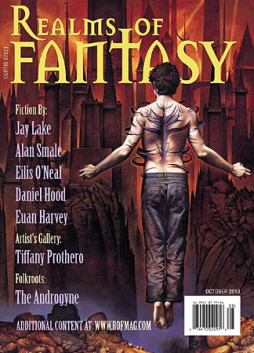
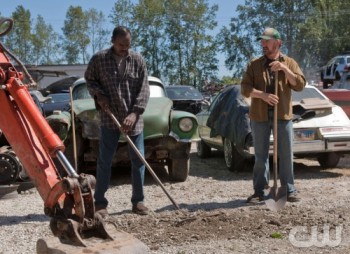
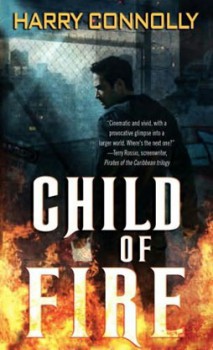
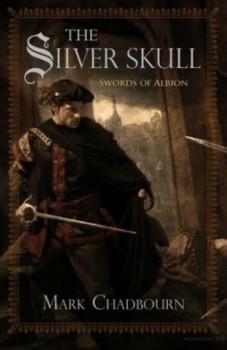
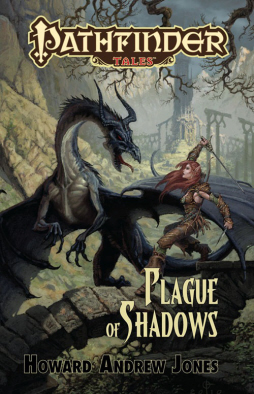
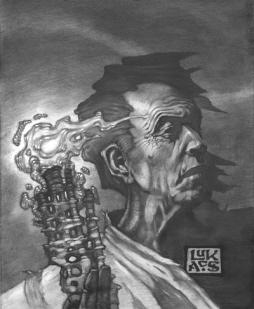
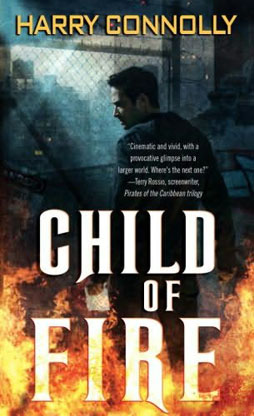 This essay first appeared as a part of Jim C. Hines’s First Book Friday series, in which authors describe their first sales. You can read the entire series on
This essay first appeared as a part of Jim C. Hines’s First Book Friday series, in which authors describe their first sales. You can read the entire series on